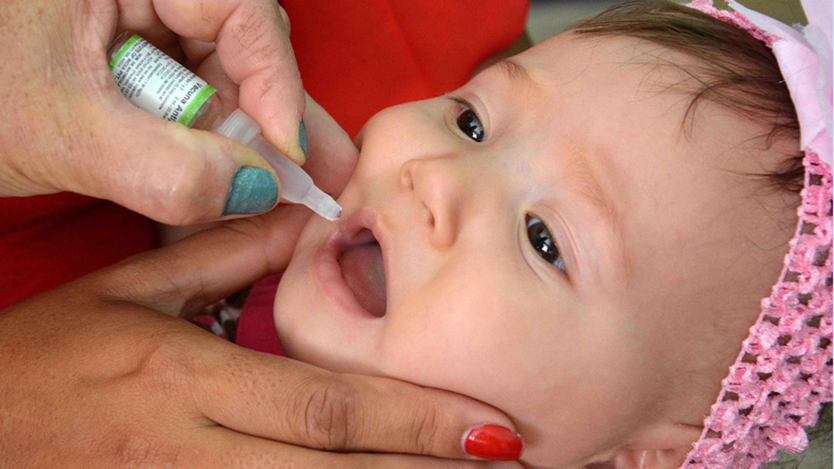
This Monday, May 16, the application of the second dose of the polio vaccine in the current campaign begins, to children between 30 days and two years of age, in addition to the reactivation for nine-year-old infants.
More than 17,000 minors will be immunized in Ciego de Ávila, in a process that will cover the whole week and will take place in clinics, daycare centers and primary schools, according to what Yipsy González Borroto, head of the Expanded Immunization Program in the province, told Invasor.
The specialist explained that the first dose of the oral vaccine had been applied last March, so that, after 60 days, the second can be administered. In total, there will be just over 13,000 boys and girls under two years of age who will have access to the immunogenic drug. For its part, a figure close to 5,000 infants aged nine years, 11 months and 29 days will be reactivated.
It is always emphasized that the vaccine should not be administered in the presence of high fever, vomiting or diarrhea, and that a minimum of 30 minutes should be waited before and after vaccination before ingesting water or food.
The 61st National Oral Polio Vaccination Campaign is carried out simultaneously in the country for a week, although the following seven days are used to recover the cases that could not be vaccinated in time.
According to the article Poliomyelitis and its elimination in Cuba: a historical view, by E. Baldarraín published in Medic Review in 2013, poliomyelitis was detected for the first time in Cuba at the end of the 19th century, among residents of a community of Americans on the Isla de Pinos (now Isla de la Juventud), apparently introduced by migration from the United States.
“The first outbreak was reported in 1906 in that locality, and the first epidemic occurred in the former province of Las Villas in 1909. Subsequently, the epidemics intensified and from 1934, they appeared periodically every four or five years, accompanied by high morbidity, mortality and sequelae of disability, mainly among children”.
In 1962, Cuba carried out its first national mass vaccination campaign and applied, simultaneously, five million doses, with which it managed to cover almost 90 percent of the child population up to 14 years of age. "As of that year, no deaths from poliomyelitis were recorded (there were ten non-lethal cases between 1963 and 1989) and in 1994 the WHO-PAHO certified the elimination of poliomyelitis in Cuba."




